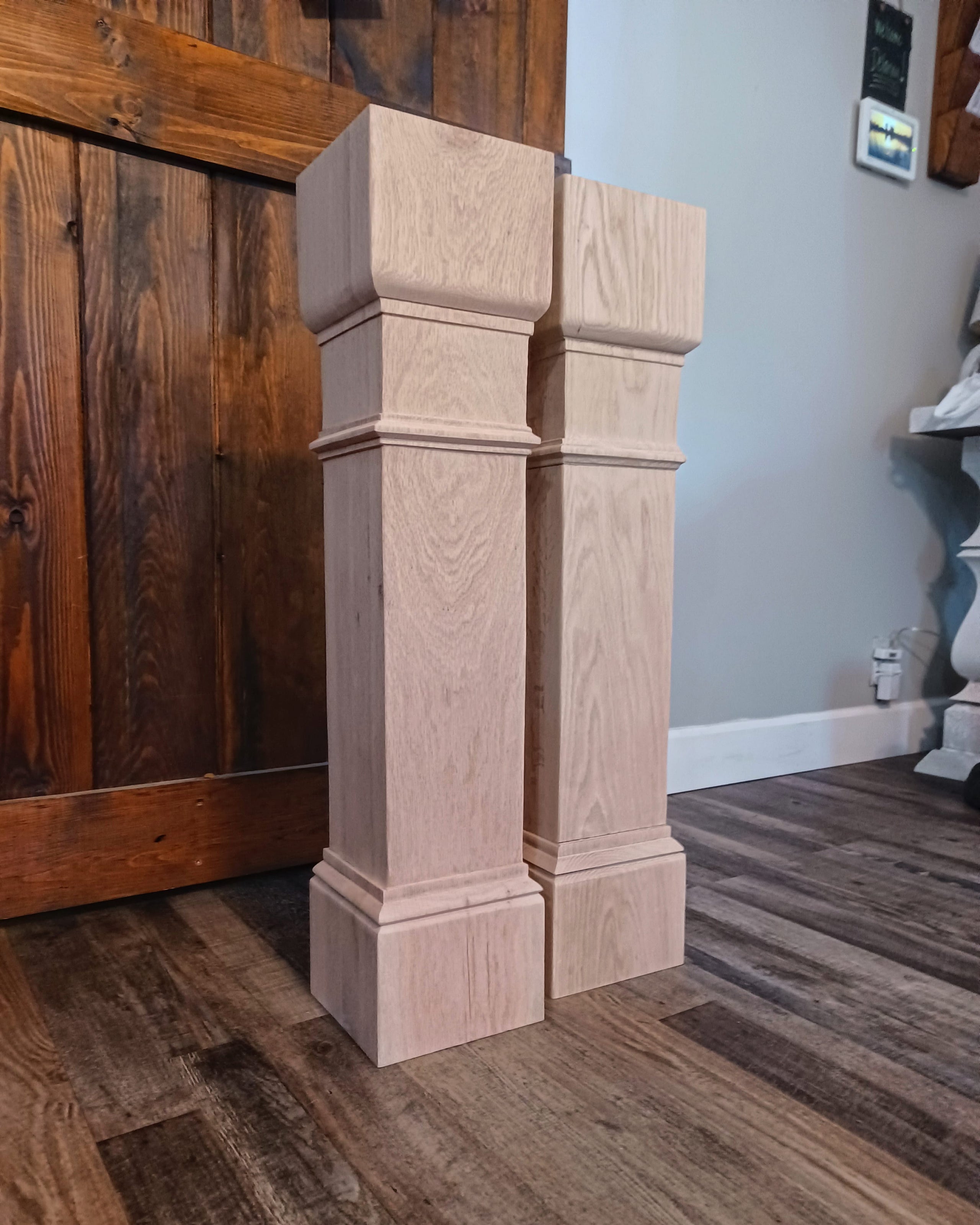Upgrade Your Kitchen's Aesthetic with Costs Legs For Kitchen Island
A Guide to Choosing the Perfect Legs For Kitchen Island for Your Home
Selecting the optimal legs for your kitchen area island is a nuanced decision that impacts both the capability and aesthetic allure of this main area. As you think about these aspects, it ends up being obvious that the ideal legs can transform not only the appearance of your cooking area however likewise its usability for years to come.

Recognizing Kitchen Island Legs
When picking legs for a kitchen island, it's important to comprehend their visual and functional functions in the total design. The legs offer as a crucial support system, making certain stability and longevity for the island, which typically operates as a workspace, dining location, or collecting spot. The choice of material and building method have to be robust enough to endure everyday usage and potential wear.
In addition to their structural duties, legs add dramatically to the island's visual appeal. They can enhance the kitchen area's style, whether with typical, modern, or eclectic designs. The height and proportion of the legs are also crucial considerations; they should balance with the island's counter top height while guaranteeing comfortable seating for those using the space.
Furthermore, the leg design can influence the overall circulation of the cooking area. Open, airy leg styles can create a sense of agility, while strong, considerable legs may convey a more based and secure visual - Legs For Kitchen Island. Comprehending these practical and aesthetic elements will lead home owners in making educated options that complement their cooking area's style and enhance its usability
Popular Styles and Products
The choice of legs for a kitchen area island includes a variety of preferred designs and materials, each offering unique features that can improve both functionality and visual appeals. Among one of the most popular designs are contemporary, rustic, and traditional. Contemporary legs usually feature sleek, minimal styles that emphasize simpleness and clean lines, making them excellent for contemporary kitchens. Rustic styles, on the other hand, embrace natural environments and usually showcase redeemed wood or troubled finishes, including heat and appeal to the room. Conventional legs typically show ornate details and workmanship, enhancing timeless kitchen styles.

Height and Security Considerations

Stability is another essential factor to consider. The legs of the kitchen area island should give appropriate assistance, ensuring that the framework can stand up to daily usage without shifting or tottering. Material option plays a considerable role in security; metal legs, as an example, have a tendency to offer higher strength contrasted to wood. Furthermore, guaranteeing that the island is firmly anchored to the flooring or wall can improve security, especially for larger islands that may bear considerable weight.
Matching Your Kitchen Area Visual
Picking the ideal legs for see this here your cooking area island goes beyond functionality; it also plays a significant function in the overall visual of the space (Legs For Kitchen Island). When choosing legs, consider the layout style of your kitchen area.
Shade is an additional essential factor. Legs that complement or contrast with your island's surface and surrounding cabinets can develop visual harmony or striking centerpieces. Coupling dark timber legs with a light marble kitchen counter can include depth and interest. Furthermore, consider the surface of the legs; matte, glossy, or distinctive finishes can significantly impact the total feel of the kitchen area.
Installation and Upkeep Tips
Setting up kitchen area island legs needs careful attention to information to guarantee both stability and aesthetic allure. Utilize a stud finder to situate wall surface studs if you are attaching the legs to a wall or utilizing braces for included support.
When protecting the legs, make use of top notch screws and, if needed, timber adhesive for additional strength. For metal legs, make sure that you are utilizing appropriate supports and devices to stop damage to your flooring. It is advisable to check for levelness after installation, making changes as required to prevent tottering.
Clean the legs with an ideal cleaner, avoiding abrasive materials that may damage the surface area. By complying with these installation and upkeep pointers, you can click for info make sure that your kitchen area island legs remain both aesthetically enticing and functional.
Conclusion
In verdict, picking the proper legs for a kitchen area island necessitates mindful consideration of height, stability, and visual compatibility. By picking appropriate products and designs that align with the general cooking area layout, functionality can be enhanced while preserving visual allure. Correct setup and continuous upkeep additionally add to the durability and longevity of the kitchen area island. Ultimately, thoughtful leg choice plays a critical function in boosting both the usefulness and style of the kitchen area area.
When selecting legs for a cooking area island, it's important to comprehend their visual and useful functions in the general style. Open, ventilated leg designs can create a feeling of agility, while solid, substantial legs may communicate a more grounded and stable aesthetic. The legs of the kitchen area island need to provide ample support, making sure that the structure can stand up to day-to-day usage without wobbling or shifting.Installing kitchen island legs calls for careful focus to detail to ensure both stability and visual appeal.In final thought, selecting the proper legs for a kitchen area island necessitates careful factor to consider of height, security, and visual compatibility.